Chenghua Porcelain at Victoria and Albert Museum, London
In the Ming dynasty (1368-1644) Jingdezhen became the major ceramic-manufacturing centre. Imperial kilns were established to produce fine porcelain for the exclusive use of the emperors. The tradition of inscribing the emperor's reign title on the wares also started in the Ming. This 'chicken cup', so called because of the hens and chicks design, is typical of the Chenghua reign period. Theyhave very fine body and delicate painting. They are highly prized by collectors.
Porcelain wine cup painted in doucai style with birds and branches, China, Ming dynasty, Chenghua mark and period (1465-1487); height: 7.62cm. Acc. NoC.34-1954. ![]() Victoria and Albert Museum, London.
Victoria and Albert Museum, London.
This porcelain wine cup is painted with a technique known as doucai (literally: 'contrasting colours'), particularly popular during the Ming dynasty (1368-1644). The contours of the drawing were painted in underglaze blue and then filled with coloured overglaze enamels, which required a second firing.
The vessels produced at the imperial kilns of Jingdezhen during the Chenghua reign (1465-1487) were particularly fine, and were imitated in subsequent periods keeping the earlier Chenghua mark.
Provenance ; From register; sold to Messrs Bluett at Sotheby's, May 11th 1954, lot 17, the 'Property of a Gentleman' (known to be a Mr Collingwood, who acquired it from the Oliphant collection in Scotland).
Dish, Ming dynasty, Chenghua mark and period (1465-1488). Porcelain with yellow glaze; China (Jingdezhen), Height: 5.1cm, Diameter: 21.3cm. Purchased with Art Fund support, the Vallentin Bequest, Sir Percival David and the Universities China Committee, CIRC.124-1936. ![]() Victoria and Albert Museum, London.
Victoria and Albert Museum, London.
Jar with floral design, Chenghua period (1465-1488). Porcelain painted in coloured enamels, Height: 11.4cm, Jingdezhen kilns, south China. Museum no. Circ.219-1930(2007). ![]() Victoria and Albert Museum, London.
Victoria and Albert Museum, London.
In the Ming dynasty (1368-1644) Jingdezhen became the major ceramic-manufacturing centre. Imperial kilns were established to produce fine porcelain for the exclusive use of the emperors. The tradition of inscribing the emperor's reign title on the wares also started in the Ming. The shape of this jar is typical of the Chenghua reign period.

/https%3A%2F%2Fprofilepics.canalblog.com%2Fprofilepics%2F1%2F0%2F100183.jpg)
/https%3A%2F%2Fstorage.canalblog.com%2F03%2F02%2F119589%2F96711876_o.jpg)
/https%3A%2F%2Fstorage.canalblog.com%2F11%2F31%2F119589%2F94773502_o.jpg)
/https%3A%2F%2Fstorage.canalblog.com%2F20%2F83%2F119589%2F94772815_o.jpg)
/https%3A%2F%2Fstorage.canalblog.com%2F26%2F72%2F119589%2F75604929_o.jpg)
/https%3A%2F%2Fstorage.canalblog.com%2F59%2F60%2F119589%2F26458628_o.jpg)

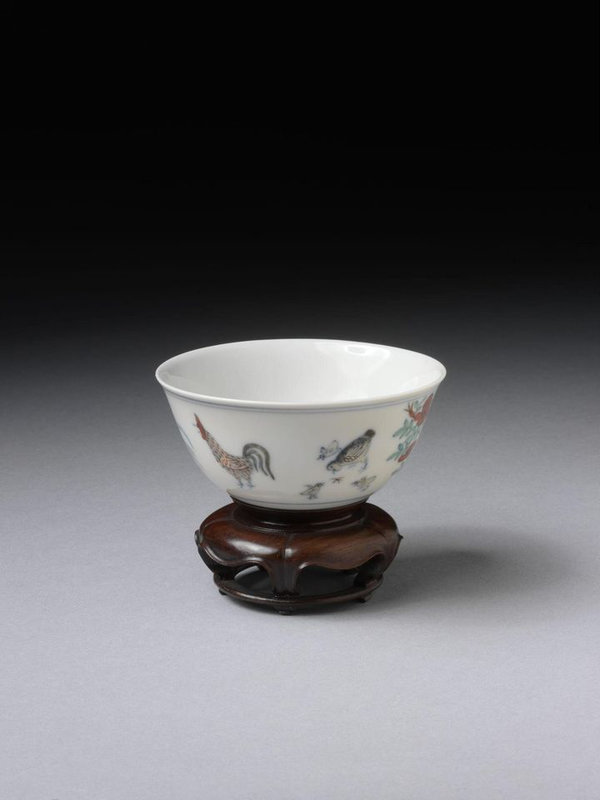
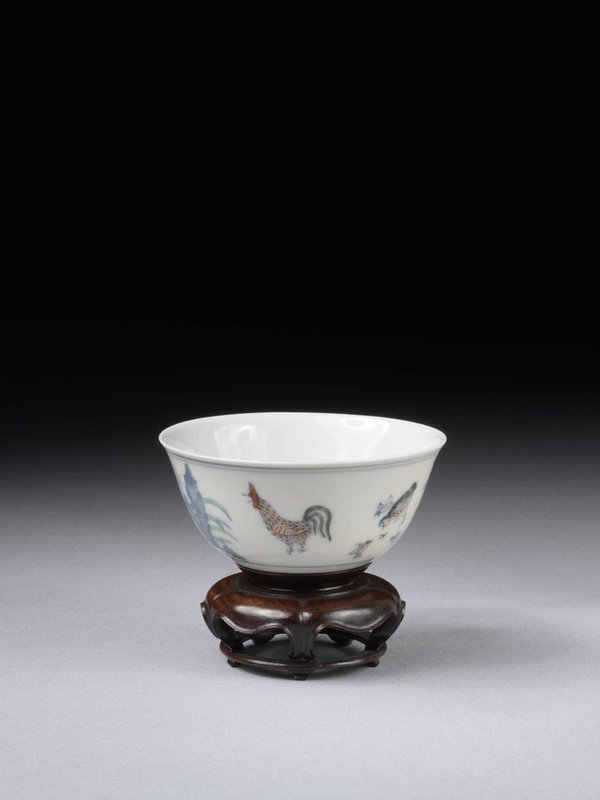

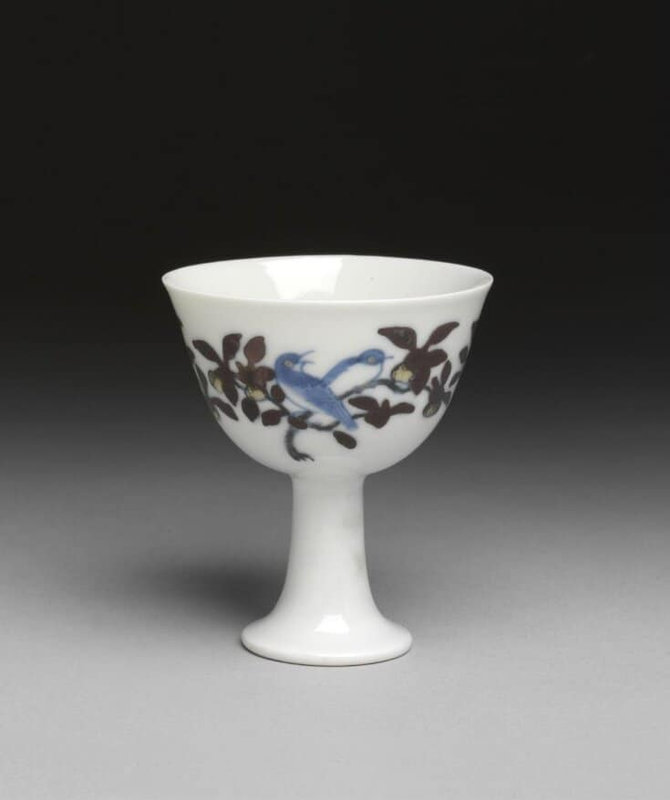

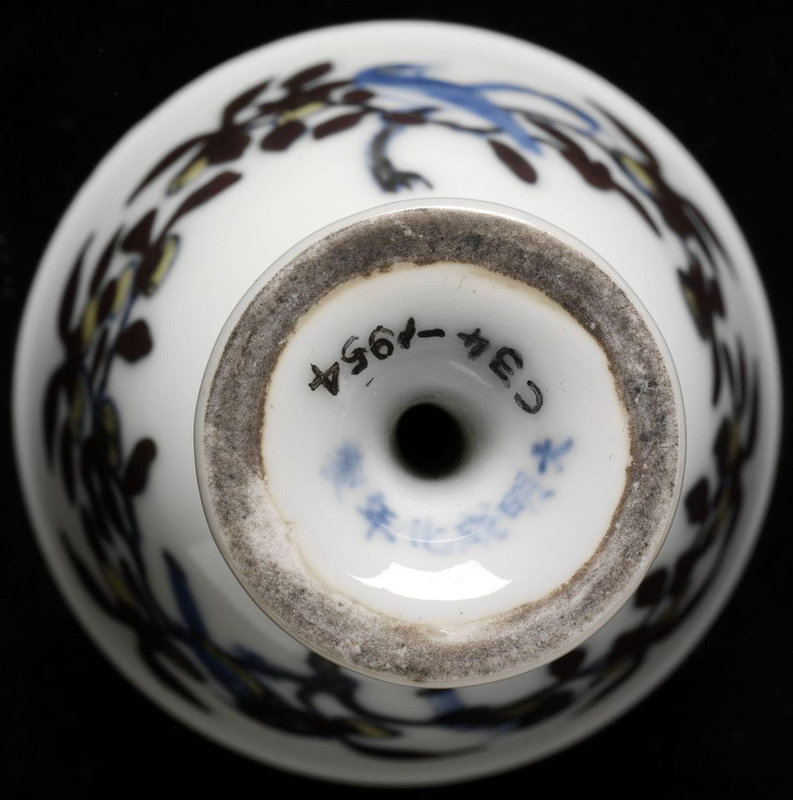

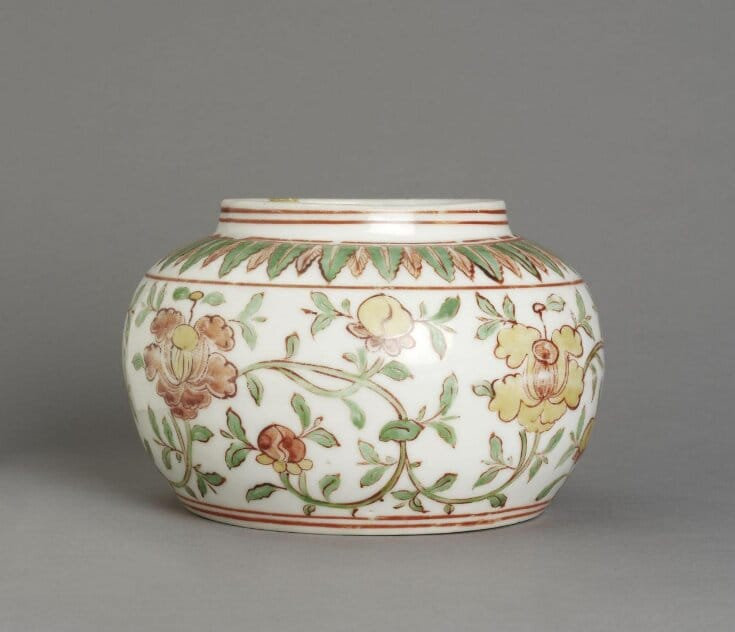


/http%3A%2F%2Fstorage.canalblog.com%2F71%2F11%2F119589%2F121262501_o.jpg)
/image%2F1371349%2F20240510%2Fob_b52f4f_telechargement-7.jpg)
/image%2F1371349%2F20240510%2Fob_d79b73_telechargement-6.jpg)
/image%2F1371349%2F20240510%2Fob_bff4c3_telechargement-3.jpg)